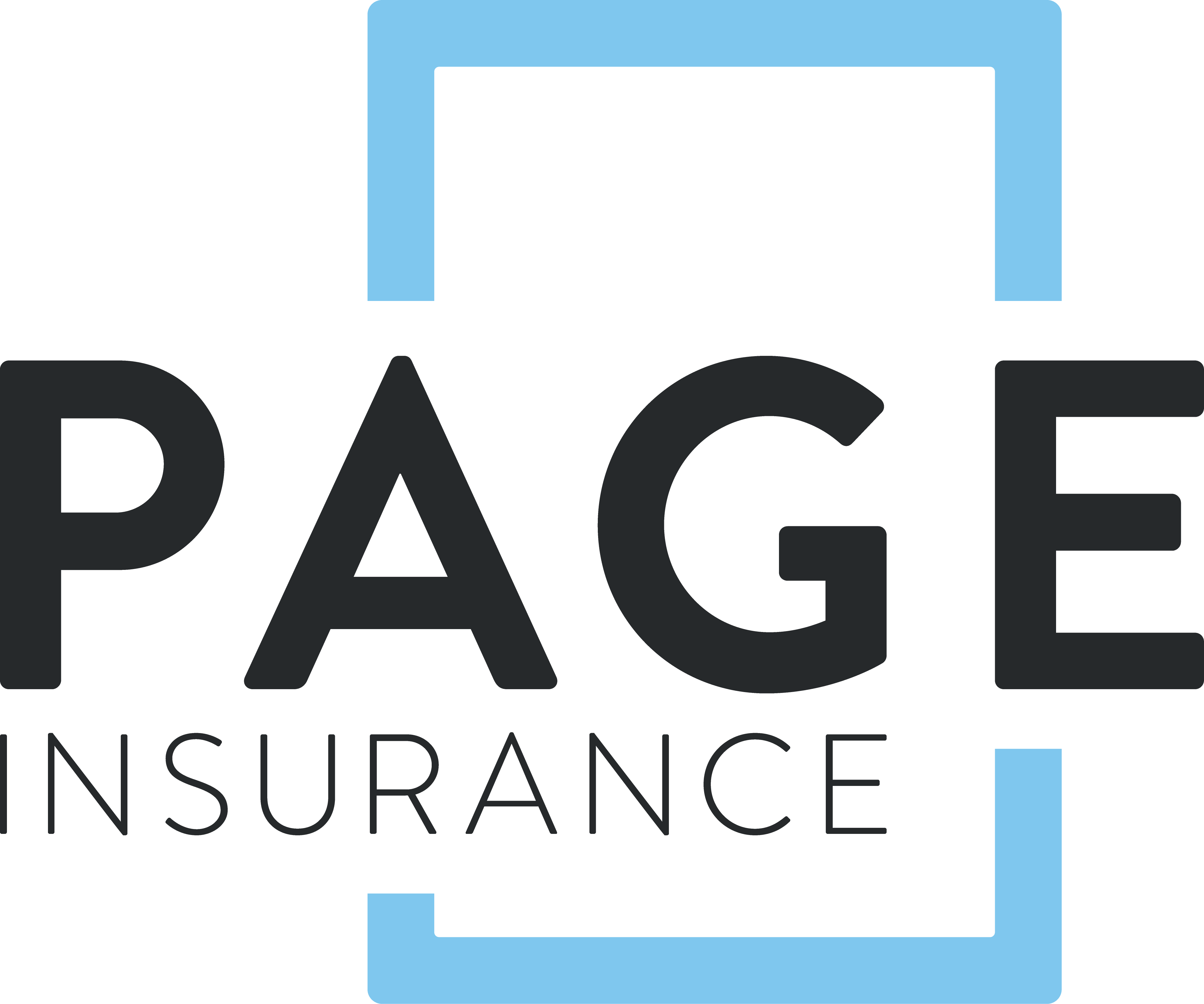Don’t Assume Your Homeowner’s or Renter’s Insurance Covers All Your High-Value Items
Many people assume that their standard homeowner’s or renter’s insurance policy covers all their possessions, including high-value items. However, this is often not the case. Most policies have sub-limits on various types of high-value items, meaning that the coverage provided may not be enough to fully protect your valuable possessions. In this guide, we’ll help you understand the unique challenges in insuring expensive items, common mistakes people make, and how to ensure your treasures are adequately safeguarded.
Understanding Sub-Limits and the Need for Additional Coverage
Sub-limits are the maximum amounts that an insurance policy will pay for specific categories of items, regardless of their actual value. For example, a policy might have a $2,500 sub-limit for jewelry, meaning that if you have a $5,000 necklace, only half of its value would be covered. To ensure your high-value items are fully protected, you may need to consider additional coverage options.
Types of High-Value Items
- Jewelry and watches
- Fine art and antiques
- Collectibles (coins, stamps, etc.)
- Designer clothing and accessories
- High-end electronics and equipment
- Rare and vintage vehicles
Common Mistakes in Insuring High-Value Items
- Underestimating the value of possessions: It’s easy to overlook the true worth of your belongings, especially if they’ve been in your possession for a long time. Always have your high-value items appraised to ensure accurate coverage.
- Relying solely on standard home or renter’s insurance: As mentioned earlier, standard insurance policies often have limitations and exclusions for high-value items, which may leave you underinsured.
- Failing to update appraisals and coverage: The value of certain items can fluctuate over time. Regularly updating appraisals and adjusting coverage accordingly is crucial for adequate protection.
- Not maintaining proper documentation: Keep detailed records, receipts, and appraisals of your high-value items to streamline the claims process in case of loss or damage.
Review Your Current Policy and Take Inventory of High-Value Items
Start by reviewing your current homeowner’s or renter’s insurance policy to understand its coverage limits and any sub-limits that apply to your high-value items. Next, take inventory of your valuable possessions, noting their estimated values and any existing documentation, such as appraisals or receipts. Consider using a secure cloud-based spreadsheet and recording a video of your possessions for easy access and additional documentation.
Consulting with Your Insurance Agent
Once you have a clear understanding of your current coverage and an inventory of your high-value items, consult with your insurance agent to discuss any gaps in coverage. They can help you determine whether you need to update values, ensure replacement cost coverage, and include mysterious disappearance coverage for items that may be lost without a clear cause.
Obtaining Additional Coverage for High-Value Items
There are two main options for obtaining additional coverage for your high-value items:
- Scheduled personal property endorsements: This option allows you to add coverage for specific items to your existing homeowner’s or renter’s policy, with coverage amounts based on appraised values.
- Valuable items insurance policies: These standalone policies are designed specifically for high-value items and can provide broader coverage than a standard home or renter’s policy.
Compare options and costs with your insurance agent to determine the best solution for your needs.
Appraisals and Documentation
Obtaining accurate appraisals for your high-value items is essential for ensuring adequate coverage. Even if your insurance company doesn’t require an appraisal, it’s still a good idea to have one. Accurate appraisals help you avoid over-insuring (and overpaying for) items or being underinsured in the event of a loss. Update appraisals regularly, as the value of some items may change over time. Be sure to maintain detailed records, including receipts and appraisals, for each high-value item.
Tips for Protecting Your High-Value Items
- Safeguarding items with proper storage: Store your valuable possessions in a secure location, such as a safe or safety deposit box. This not only protects your items from theft or damage but may also qualify you for discounts on your insurance premium.
- Installing security measures: Implement security measures, such as alarm systems and surveillance cameras, to further protect your valuable items.
- Regular maintenance and care: Take care of your high-value items by cleaning and maintaining them regularly, and ensuring they are stored in appropriate conditions to prevent damage.
- Keeping an up-to-date inventory: Regularly update your inventory of high-value items, including any new acquisitions, to ensure your coverage remains adequate.
Filing a Claim for High-Value Items
In the event of loss or damage to your high-value items, follow these steps:
- Report the incident: Notify your insurance provider as soon as possible, providing them with details of the loss or damage.
- Provide documentation: Submit any relevant records, receipts, and appraisals to support your claim.
- Work with an experienced insurance provider: An insurance agent with expertise in handling high-value item claims can guide you through the process and help ensure a fair and efficient resolution.
Questions? Contact us anytime.
It’s crucial not to assume that your standard homeowner’s or renter’s insurance policy provides sufficient coverage for your high-value items. Review your current policy, take inventory of your valuable possessions, and consult with an experienced insurance agent to ensure that your treasures are adequately protected. By taking these steps, you can have peace of mind knowing that your most cherished belongings are safeguarded.


